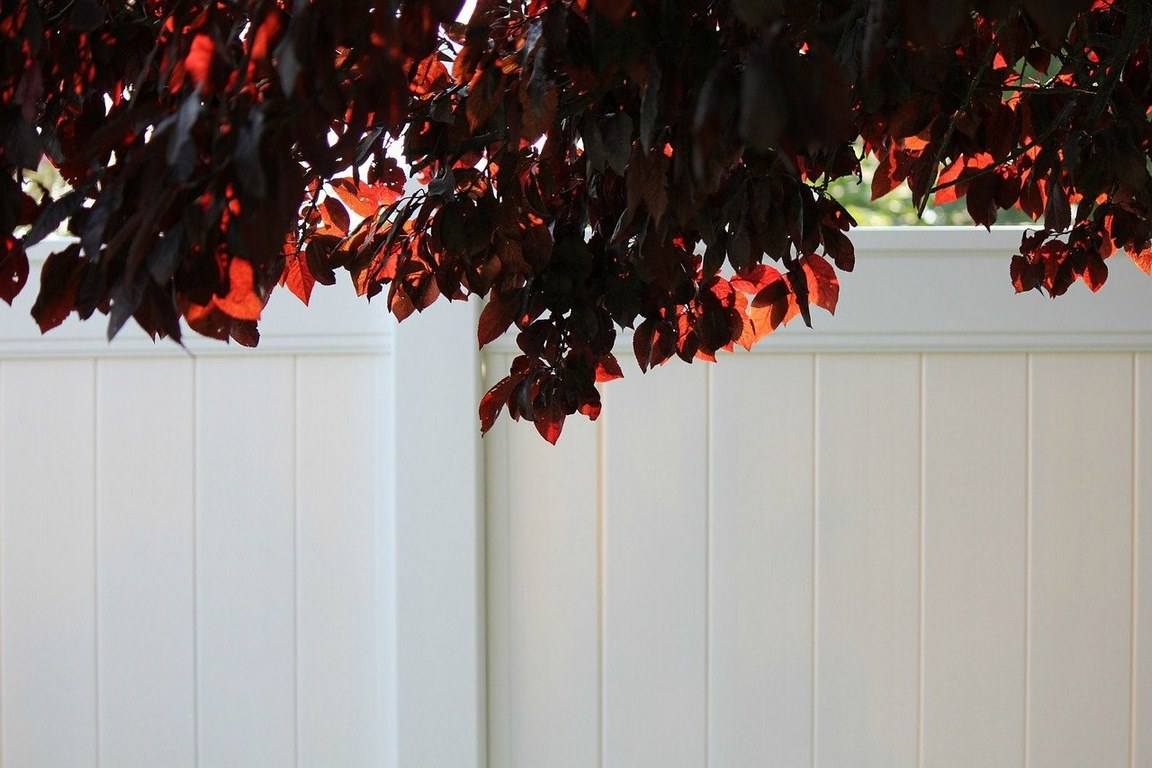Homeowners should never treat fence buying as an impulse purchase. A new vinyl fence will change the appearance of the property, so it’s important to get everything right, from choosing the best fence style to finding a reliable contractor.

Before making any final decisions, read on to find out how to go about buying and building a vinyl fence.
Just about everyone has seen yellow, cracked, or damaged vinyl fencing at some point.
Many homeowners assume that it’s just normal for the material to behave this way, when in reality, yellowing, cracking, and brittleness are usually the result of poor material choices.
Not all vinyl is created equal, so make sure the fence posts and panels are made from high-quality materials. Here are a few things to look for when buying a vinyl fence:
High-quality vinyl fences also feature interior reinforcement, often in the form of aluminum or galvanized steel-reinforced pickets and bottom rails.
The walls should be sufficiently thick to accommodate the steel reinforcements, and the fence should feature high-quality hardware and rails that are routed in place instead of glued or screwed.
Read Also:
- Advice on Fence Building, with 14++ DIY Fencing Ideas to Build Yourself
- Guides and Helpful Tips on Choosing the Best Fence for your Home and Property
- 6 Top Benefits of Garden Fencing for Protecting and Beautifying Your Homes
- Build an Extended Fence for Your Table Saw’s Infeed and Outfeed Tables
- Installing a Fence Around the Property: Reasons to Consider
- Wood Fences vs. Vinyl Fences: Which are Cheaper and Why
Vinyl fencing comes in many shapes, sizes, and colors. The choice is ultimately up to the homeowner, but it’s always wise to consider intended use before deciding on a fence design.
For privacy and security fences, tongue-and-groove or solid panels make the most sense. If the primary goal is to improve curb appeal, a short, traditional white picket fence with ornate post caps may be a better fit.
Building a fence is more challenging than the uninitiated may think. It’s best to leave the work to the professionals, in which case all homeowners have to do is choose a contractor like timberridgefencecompany.com, request an estimate, sign the contract, take out a permit, and let the pros take care of the rest.
When the contractors arrive, they will follow some variations of these steps:
When the contractors are finished with their work, which usually takes between one and three days to complete, homeowners will have a beautiful new vinyl fence waiting for them when they return.
Take care of the vinyl fence by rinsing it down periodically with a garden hose and treating stains using a mild detergent, and it should continue to look its best for years to come.
There’s no one fencing material that will be best for every situation. Homeowners who choose high-quality vinyl fencing will be able to take advantage of a number of benefits, though.
Vinyl fences are strong, durable, versatile, and surprisingly affordable. Plus, they require very little maintenance compared to most types of fencing.
Not sure exactly what type of fence will best suit the property? Call to speak with a fencing expert who can help future customers choose between the different materials and styles available and request an estimate for the job.
That’s all it takes to get started down the path to improved curb appeal, privacy, and peace of mind.